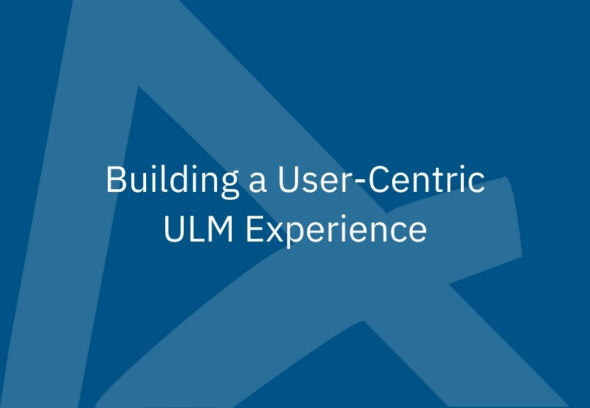User-Centered ULM Is Key
User Lifecycle Management (ULM) is an important process for organizations to manage the user’s lifecycle within an organization in an effective way. Nevertheless, a lot of organizations do not understand that the user-centered method is a critical aspect of ULM. Putting users first, organizations can establish a ULM system that is smooth and effective which in turn will increase user satisfaction and productivity.
Personalization of the user experience is one of the core advantages of a user-centric approach to ULM. Understanding the particular needs and preferences of each user, organizations can customize their ULM procedures to satisfy their specific requirements. Such a level of personalization not only enhances user experience but also raises user engagement and adoption of ULM tools and systems.
Another benefit of user-centric ULM approach is the possibility for user provisioning to be automated through group automation. Manual provisioning of accesses and permissions for every user is replaced by automated technologies, where predetermined user groups with preset access levels are established. This also saves time and eliminates the risk of mistakes, as well as guarantees uniformity and standardization throughout the enterprise.
Optimizing User Provisioning With Group Automation
Automated grouping is an effective function that can greatly simplify the user provisioning process in ULM. Predefined user groups with preconfigured access levels allow organizations to automate user account and permission provisioning in accordance with pre-defined criteria.
For successful implementation of group automation, the organizations should begin by defining their user groups and access levels. This includes the determination of the common roles and responsibilities in the organization and their alignment with the particular access needs. Categorizing users into groups according to their roles allows organizations to provision access and permissions to many users at once.
When user groups and access levels have been specified, automation technologies can be used to automate the provisioning process. This usually includes the integration of ULM tools into other systems like identity management systems or HR system to automatically assign users to the right groups based on predefined criteria.
Through group automation user provisioning can be streamlined, which leads to a substantial time and effort reduction in the onboarding of new users or updating of existing user permissions by organizations. This also in turn enhances efficiency and eliminates the possibility of errors, thereby providing a unified and consistent access and permission throughout the organization.
Key Considerations For A User-Focused ULM Experience
When creating a user-focused ULM experience there are several critical issues for organizations to consider. Such considerations will make sure that the ULM experience is customized to the demands and preferences of the users resulting in satisfaction and greater efficacy.
To begin with, simplicity and user-friendliness in the ULM tools and systems utilized by organizations should be given much priority. The ULM process should be easy to navigate by the users without a need for a lot of training or technical skills. Intuitive user interfaces, proper directions and context help make user experience better and frustrations lower.
Secondarily, organizations need to offer flexibility in their ULM procedures that can cater to diverse user preferences and needs. e.g. some users may want self-service capabilities to control their access and permissions, whereas others may need help from IT administrators. Through provision of a variety of options and customization capabilities, the organization allows the user to own the ULM journey.
In the same way, organizations should make sure that their ULM procedures are transparent and conform to privacy data regulations. The data that is being collected, stored, and processed by the ULM process should be completely transparent to the users. Effective communication and consent mechanisms are needed to develop confidence as well as comply with data protection laws.
Conclusion
Focusing on users’ needs and experience, organizations can develop a smooth and effective ULM process that increases user satisfaction and productivity. Automation of group user provisioning and taking into account essential factors like simplicity, flexibility, and transparency are essential in creating a user-centered ULM process.Start your free trial now and see for yourself how a user-oriented ULM works.




